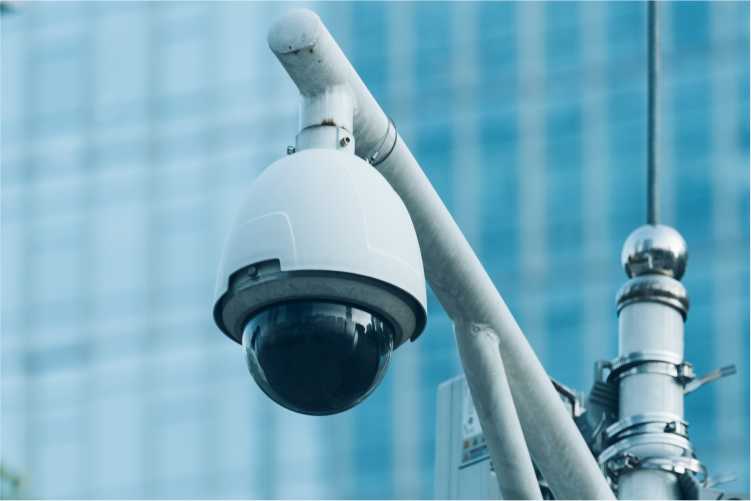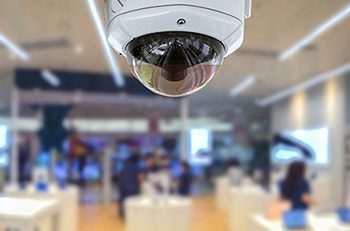Top 5 Mistake during IP CCTV installation
Top 5 common mistake made by engineers during IP CCTV installation
From retail stores to road networks, CCTV cameras are a norm and often a regulation. While guidelines have been set to implement and monitor use of the same, there are often too many options for the internal IT or purchase teams to choose from. A poor choice of the system, or system requirements can seriously affect efficiency and output.
Here are some top mistakes made by procurement engineers while studying their IP CCTV requirements. You can make sure you keep an eye for these errors during your next survey.
Bandwidth Computation: One of the key criteria for smooth functioning of your IP CCTV security system is the right bandwidth to support it. During design or modification stages, if total bandwidth required is not calculated correctly, it will account for traffic on the IT network or CCTV network, causing issues with display and recordings. In addition, the load might also affect the network speed, and performance of other equipment on the network.

POE Computation:Today many network devices are Power Over Ethernet (POE). For smooth operation it is necessary to have a stable power source. POE switches are available from various vendors. While every switch plays the same role, branded switches from trusted companies offer better quality and ensures uninterrupted connection. Engineers often go in for lower quality switches that end up causing the connection to drop. Cameras with IR and those having longer cables over 70mtr require more power. It is therefore advisable to go in for spare capacity on POE switches when designing your network and system requirements for IP CCTV installation.

Insufficient Storage: SIRA or other government entities regulating your location will have standard guidelines for the CCTV storage footage. For example, as per SIRA guidelines, it is mandatory to have 31 days CCTV footage stored. (Note: Governmental regulations in your location might be different). To compute storage requirements for the required footage, it is essential to take into consideration days of footage, bandwidth, resolution, and frames per second as well. Adding storage at later date will cost much higher, and also cause downtime and delays.
Workstation Load: Your workstation is your front-end to your CCTV security system. If these do not display the visuals accurately, the money you spent on the IPCCTV network would be in vain. Since the number of cameras displayed on a single monitor are many, these computers require a higher graphic card and CPU memory. If this is not computed properly before setting up the IP CCTV system, workstations will reboot and hang continuously, and be unable to display real time view. It is not advisable to go in for standard minimum requirements for these workstations.

System Configuration: If system and storage is not properly configured with proper RAID for storage, the IP CCTV system might hang, causing downtimes and data errors. Reconfiguration of RAID for storage is at a later stage involves a many challenges like re-installation of SIRA and video guard portals, which are time consuming and cause downtime, and additional expenses for the client.
It is therefore advisable that computation of all requirements for the IP CCTV security systems are done by the experts, and required support systems are installed to ensure optimum results.
To know more, or talk to an expert on your IP CCTV requirements, please write to info@regaltech.ae or chat with +971528480114
About the Author: Rean Simbulan is a project engineer at Regal Technologies. He combines his understanding of technology, and years to experience to serve customers with knowledgeable insights in security and ELV system installation & maintenance.
Photocredit: Pexels and freepik





Comment (1)
Just came across your article and found it useful for me. I appreciate your efforts behind this blog post. Please keep sharing such interesting content.
I would be grateful to read.!